An uninterruptible power supply (UPS) offers guaranteed power protection for connected electronics. When power is interrupted, or fluctuates outside safe levels, a UPS will instantly provide clean battery backup power and surge protection for plugged-in, sensitive equipment.
APC, our flagship brand, offers UPS options for computers, peripherals, networks, servers, as well as data centres, and facilities.
Why do you need a UPS in your home or business?
Home: The electronic devices you rely on every day for communication, security, and entertainment are at risk for damage and failure due to unexpected blackouts, voltage fluctuations or other power disruptions. A UPS provides battery backup power and protection for electronic devices, including:
- Wireless networking equipment (routers, modems)
- Computers
- Televisions
- Security systems
- Gaming consoles
- Mobile devices
Business: Downtime caused by power outages is frustrating for anyone, but can be financially crippling for a business or organisation. Every year, billions of dollars are lost due to downtime caused by power disruptions that could have been prevented by a UPS. For Fortune 1000 companies:
- Average annual cost of unplanned downtime, $1.25—$2.5 billion
- Average hourly cost of infrastructure failure: $100,000
- Average hourly cost of critical application failure: $500,000—$1 million
Small to medium-sized businesses may be at most financial risk due to a limited ability to generate revenue during downtime.
Electronics have both maximum watt ratings and maximum volt-ampere (VA) ratings. Neither rating may be exceeded by the attached equipment. Watts measure real power drawn by the equipment, while volt-amps are the product of the voltage applied to the equipment times the current drawn by the equipment.
For computers and UPS units, watt and VA ratings can differ significantly, although VA rating is always equal to are larger than watt rating. The ratio of watts to VA is called the 'power factor' and is expressed either as a number (i.e. – 0.8) or a percentage (i.e. – 80%). When sizing a UPS for your specific requirements, the power factor matters most. Generally, your UPS should have an Output Watt Capacity 20-25% higher than the total power drawn by any attached equipment.
Runtime refers to the amount of time a UPS will be able to power its attached equipment in the event of a power disruption. The more equipment you have plugged in to your UPS, the less runtime you will have, so it’s important to make sure your UPS is only providing backup power to your most critical equipment.
What are some key features to understand when choosing a UPS system?
Basic
- User-Replaceable Batteries - Increases availability by allowing trained users to perform battery upgrades and replacements.
- Surge-Only Outlets - Protect secondary electronics from surges and spikes without reducing battery power used to run primary electronics during outages.
- Building Wiring Fault Indicator - LED indicator that informs users of potentially dangerous wiring problems in wall circuits.
- Transformer-Block Spaced Outlets - Protect equipment without blocking access to other receptacles.
- Automatic Self-Test - Periodic battery check that ensures early detection of batteries needing replacement.
Enhanced
- Automatic Voltage Regulation (AVR) - Gives high application availability by correcting low and high voltage conditions without using the battery.
- Pure Sine-Wave Output on Battery - Simulates utility power to provide the highest degree of compatibility for active PFC (power factor corrected) servers and sensitive electronics.
- SmartSlot - Customises UPS capabilities with network management cards.
- Scalable Runtime - Allows additional runtime as needed via external battery packs.
- Power Conditioning - Protects connected loads from surges, spikes, lightning and other power disturbances.
Advanced
- Adjustable Voltage Transfer Points - Maximise useful battery life by widening the input voltage window or tightening the output voltage regulation.
- Temperature-Compensated Battery Charging - Prolongs battery life by regulating the charge voltage according to battery temperature.
- Intelligent Battery Management - Maximises battery performance, life, and reliability through intelligent, precision charging.
- Predictive Failure Notifications - Provide early-warning fault analysis, ensuring proactive component replacement.
- Plug-and-Play External Batteries - Ensure clean, uninterrupted power when adding extra runtime to a UPS.
Many power problems originate in the commercial power grid, which, with its thousands of miles of transmission lines, is subject to damage from weather variations such as hurricanes, lightning storms, snow, ice, and flooding, as well as equipment failure and traffic accidents.
For more information on the different types of power problems, please see our white paper, The Seven Types of Power Problems
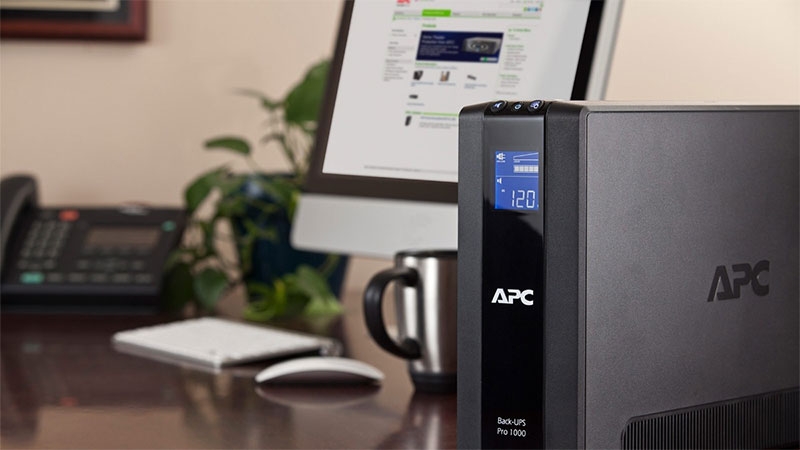
Home & Office Electronics
Battery backup and surge protection for computers, home networking, external storage, gaming, home servers and more.
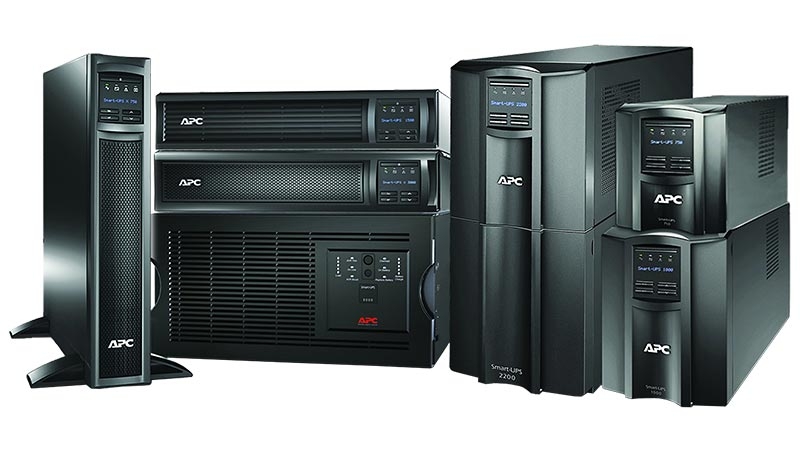
Networks and Servers
Power availability and management for entry-level to high performance servers, storage, and business networking systems.
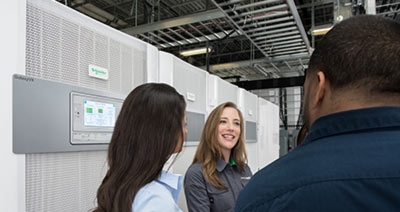
Data Centres and Facilities
Three-phase power protection with fully integrated solutions for enterprise-wide networks, data centres, mission-critical systems, and industrial/manufacturing processes.

Special Applications
Secure power systems for special single phase applications including industrial controls, renewable energy, marine, telecommunications and other configurations.
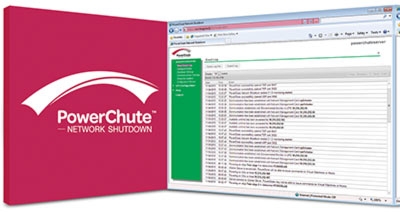
UPS Management
Software, network management cards and peripherals for UPS management and safe system shutdown.
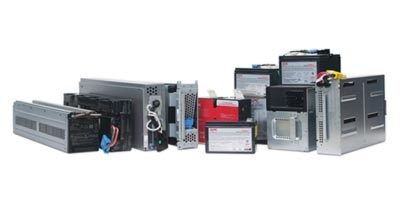
UPS Replacement Batteries
Replacement battery cartridges (RBC) for Back-UPS, Smart-UPS and Smart-UPS On-Line.


